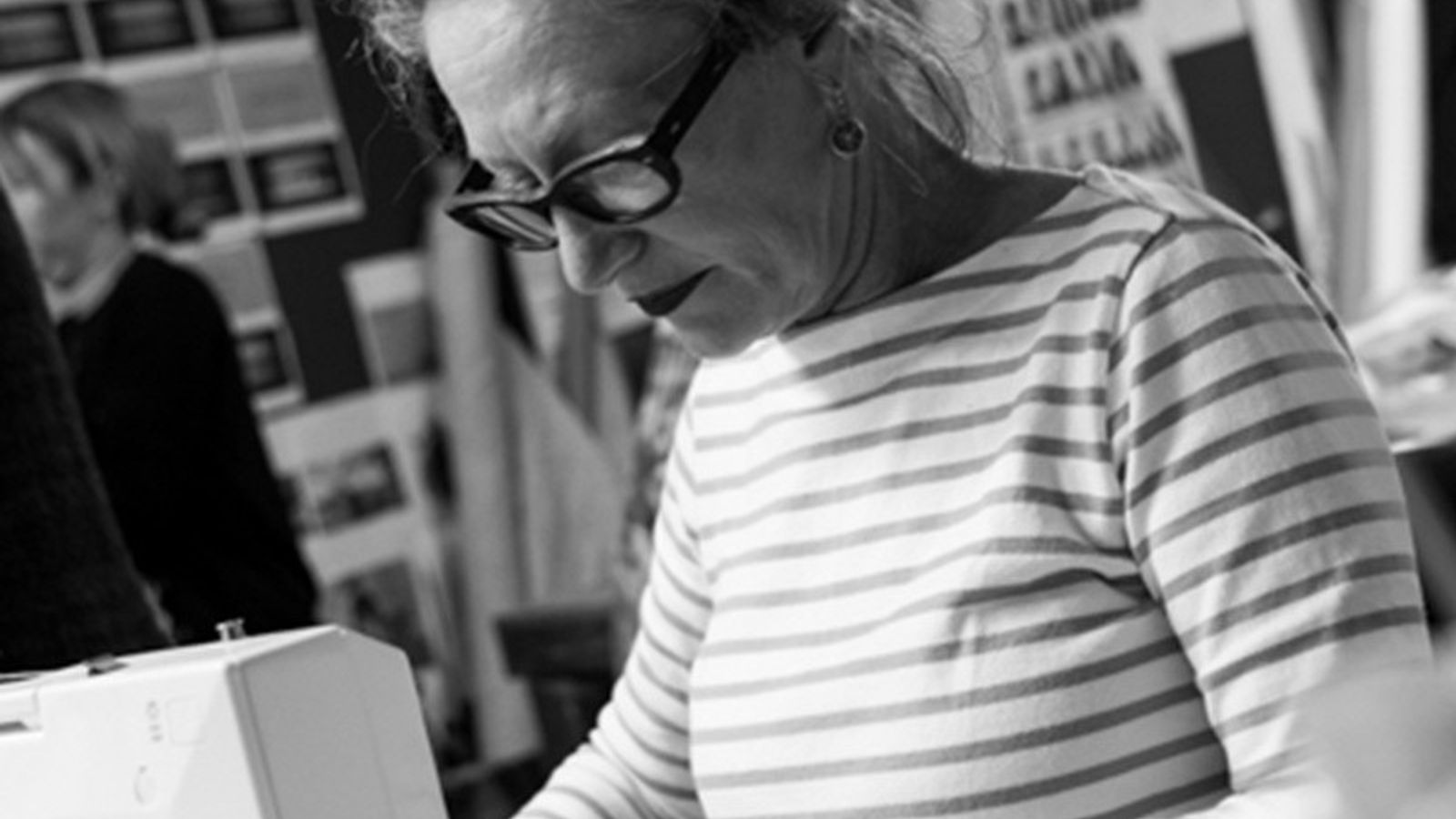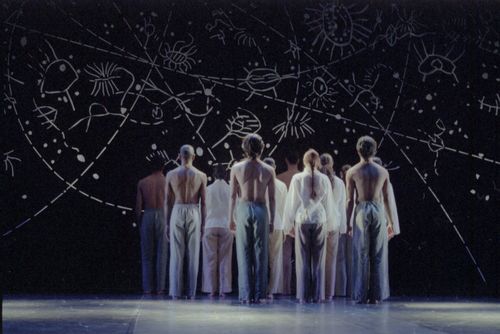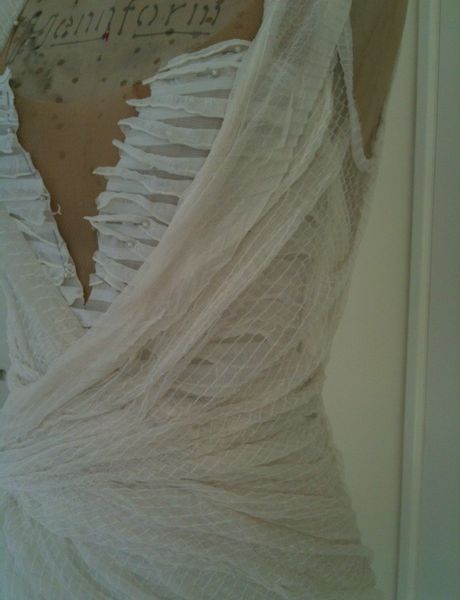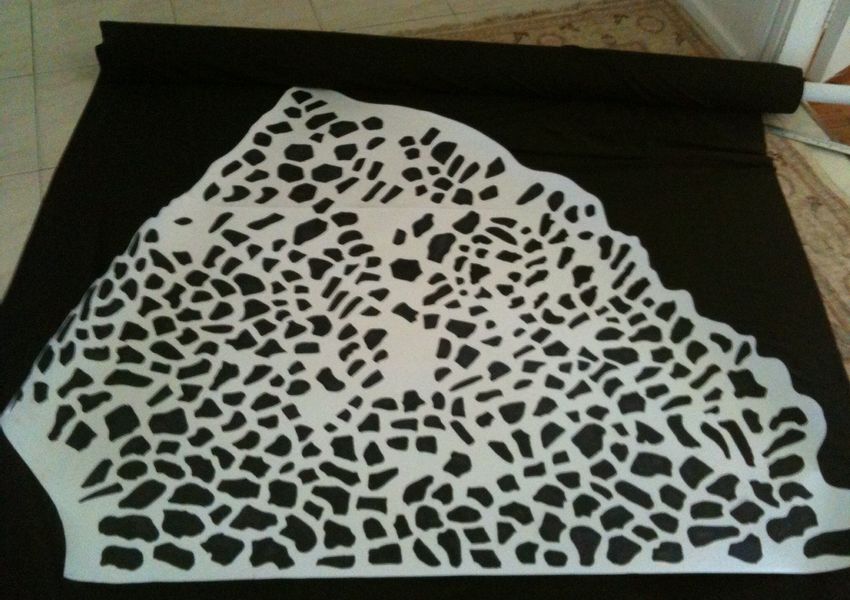
I know this company very, very well. I’ve seen their evolution.
Jennifer Irwin has been collaborating with Stephen Page since he was 19-years-old, and designing costumes for Bangarra since the company’s inception. Over the past 30 years she has helped to create a distinct visual aesthetic for the company.
You’ve been working with Bangarra since before the beginning, how have things changed?
I used to turn up at the Redfern Police Youth Club and do fittings for Russell and David Page and Djakapurra Munyarryun — for Ochres (1994) and Praying Mantis Dreaming (1992) — all of the early works. I know this company very, very well. I’ve seen their evolution. They’ve grown from a small, under- funded company going from project to project, to being internationally acclaimed, playing packed houses everywhere they perform. I don’t think you can compare them with any other company, they are absolutely unique.

For a program like Bangarra: 30 years of sixty five thousand, do you dust off the original costumes, or are you recreating each one for a new generation of dancers?
A bit of both! We do need to remake a lot of them. There have been so many dancers along the way. Bangarra’s performances are very hard on costumes because of the generally grounded choreography, not to mention that each piece is often layered with ochre — which I think is fabulous — you can add more and more and it bleeds and cakes and the fabrics totally change. Eight shows a week and months of touring doesn’t help. When we originally did Unaipon 15 years ago, the cast all wore linen trousers in the ‘Religion’ section. This time around they are made of a new stretch linen fabric.

Why do you think you’ve worked with Bangarra for so long?
I’ve been very privileged to be asked by Stephen over and over because I understand his vision. He’s very generous with his ideas. I ‘get’ what he’s trying to say. It’s a very collaborative process. I can be so much more creative with Bangarra than for any other performing arts company. My costumes provide a skin. I use textured fabric, dyeing and painting, adding raffia, feathers, leaves — always trying to find something new. The dancers then add ochre, and turn it into their own work of art.
I guess that over the years, we’ve designed an aesthetic for Bangarra, but it’s evolved. In the beginning, we were pretty safe. Budgets grew, which enabled me to be more adventurous. There are better fabrics available, different technologies — like laser cutting and digital printing.
I get a lot of inspiration in finding fabrics — hunting for those really unusual textures and colours. If I can’t find them, I’ll create them by layering and dyeing and stripping away. Most of the costumes over the years, I’ve made myself.





-
Costume Design
Jennifer Irwin
-
Costume Design